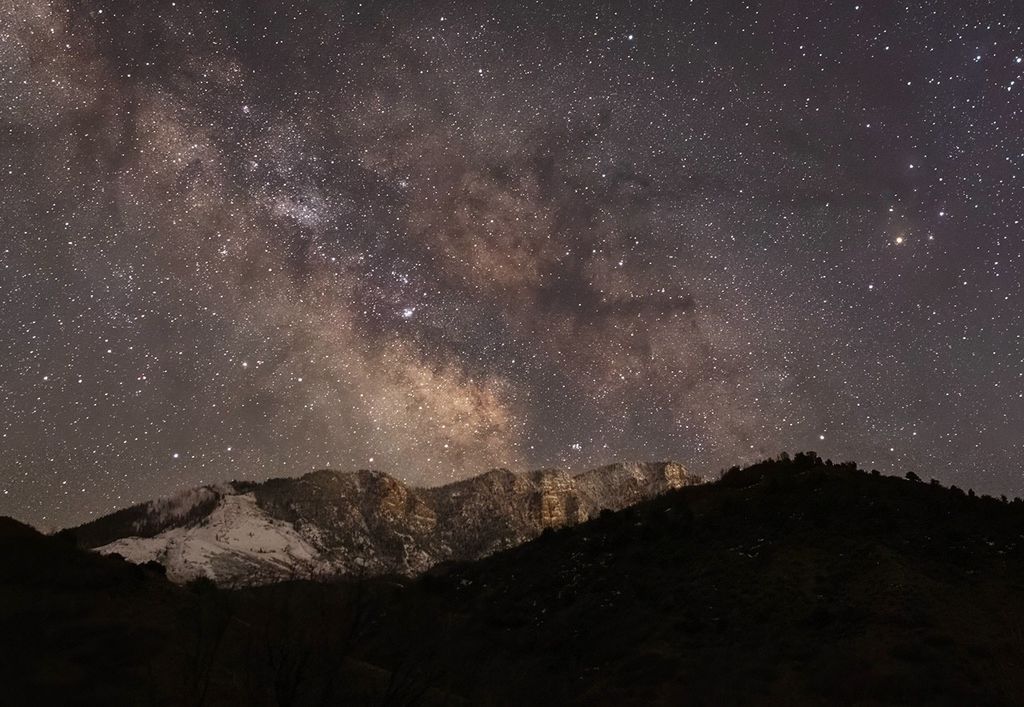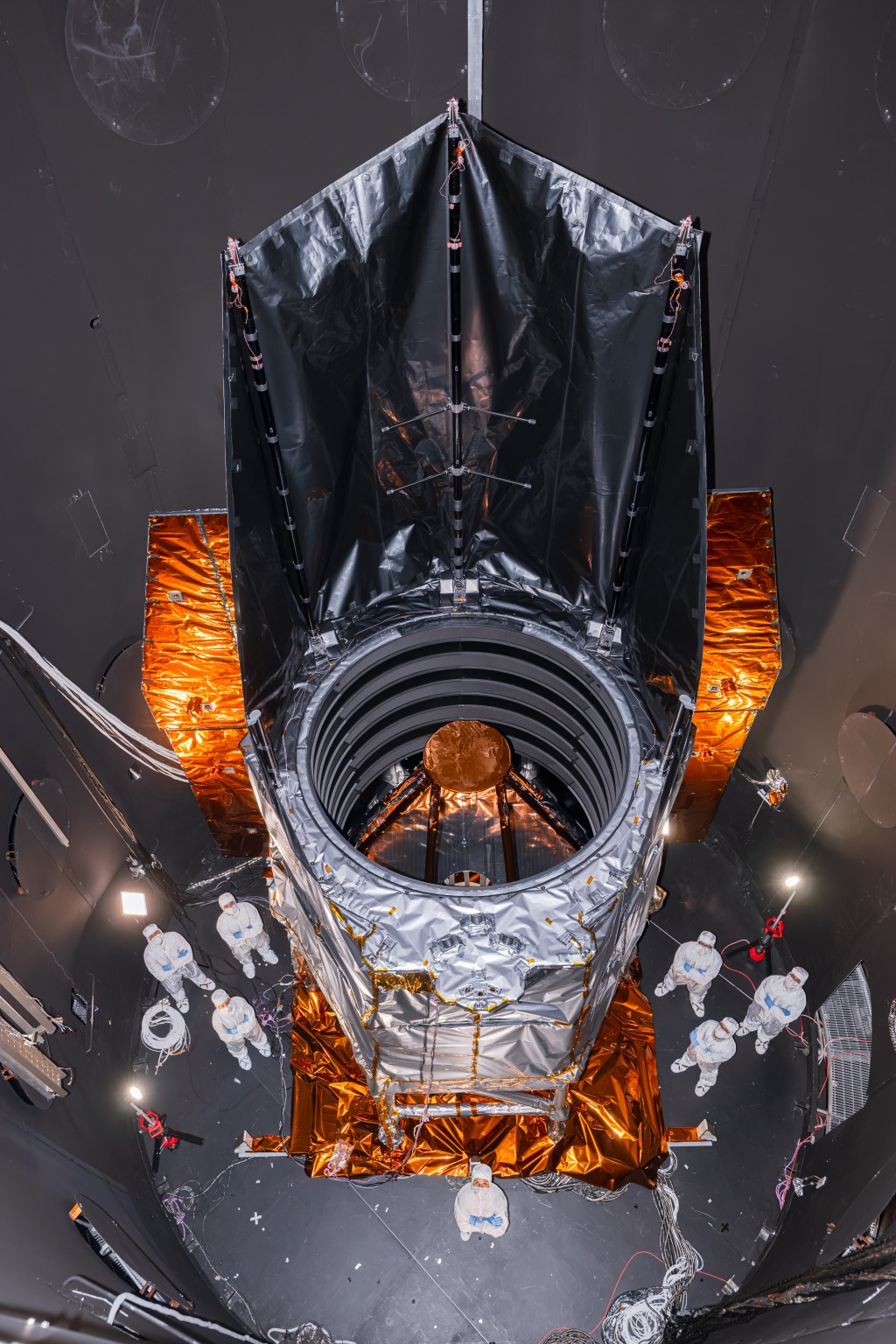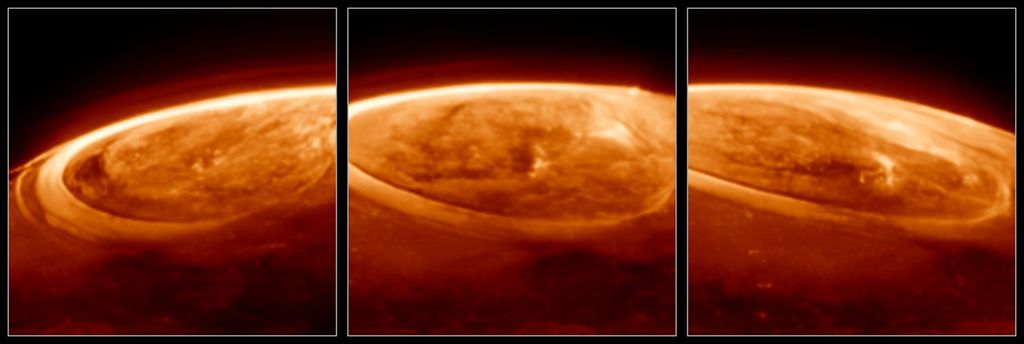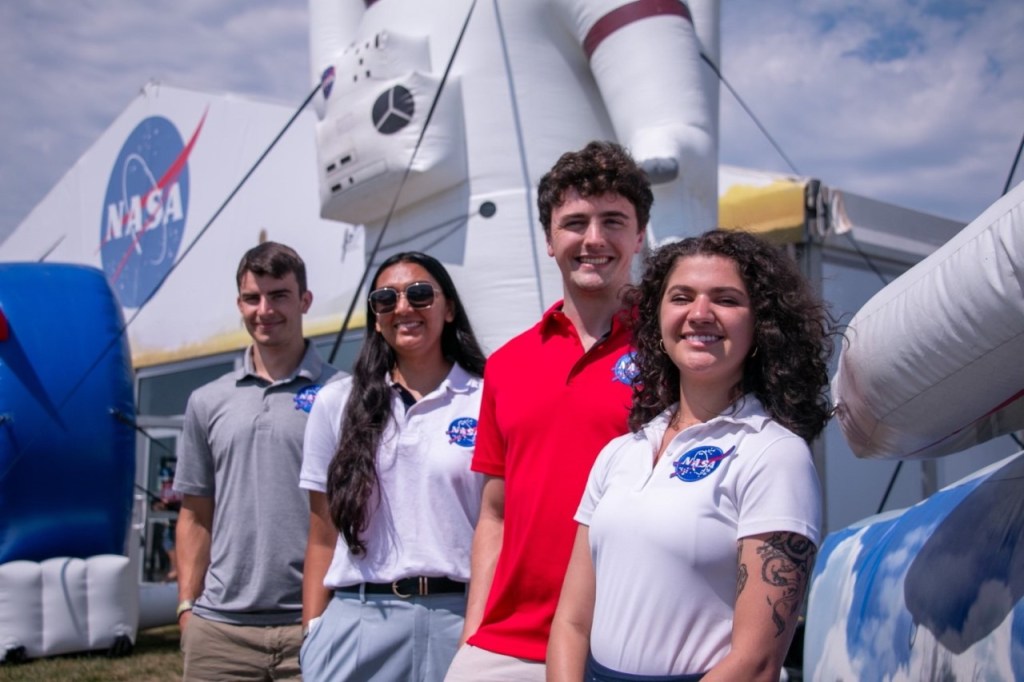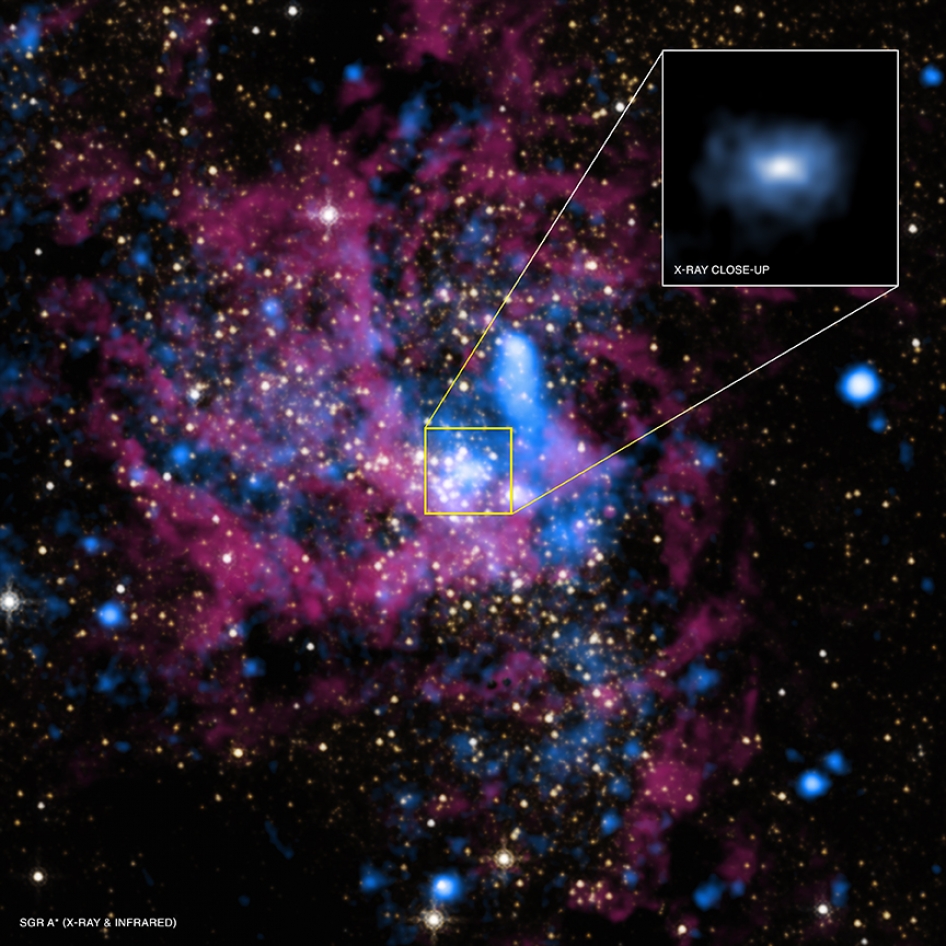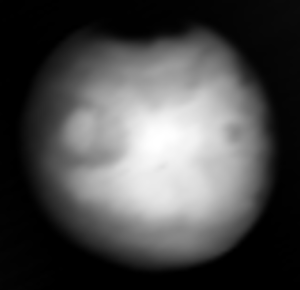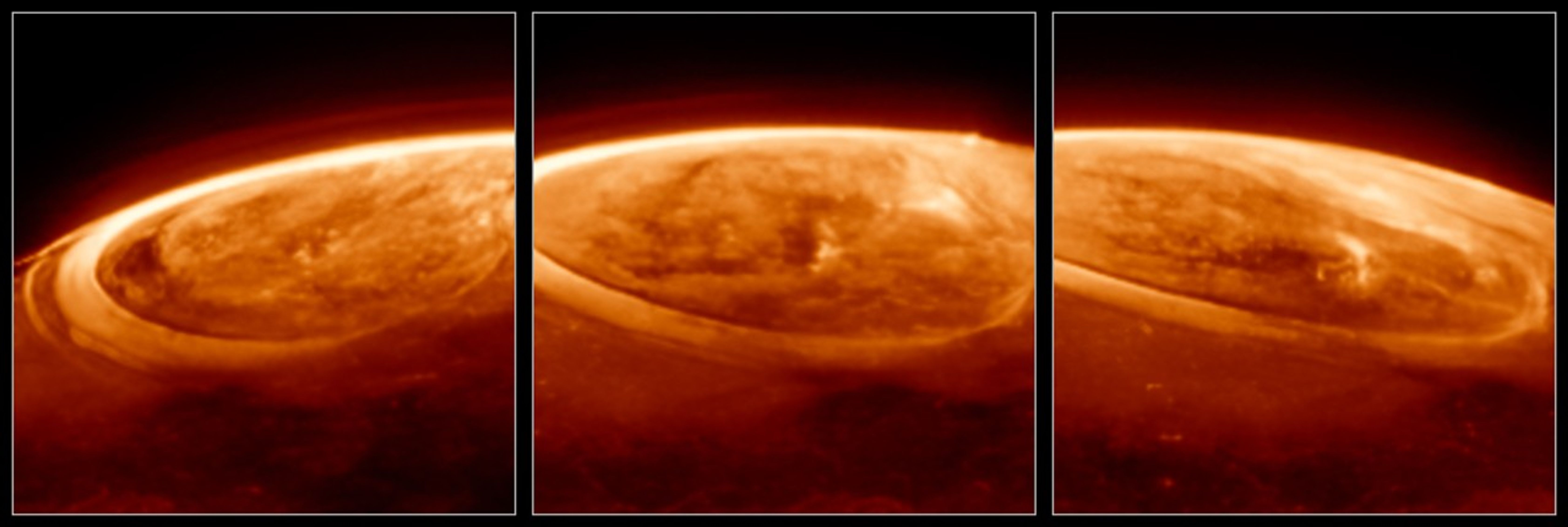18 min read
August 2021: The Next Full Moon is a Blue Moon, the Sturgeon or Green Corn Moon
The Next Full Moon is a Blue Moon, and is also known as the Hungry Ghost Moon.
The Next Full Moon is a Blue Moon, the Sturgeon or Green Corn Moon, Raksha Bandham, Nikini Poya, the end of the Esala Perahera Festival, and the Hungry Ghost Moon.
The next full Moon will be on Sunday morning, Aug. 22, 2021, appearing opposite the Sun in Earth-based longitude at 8:02 a.m. EDT. The Moon will appear full for about 3 days around this time, from Friday night through Monday morning, making this a full Moon weekend. While the full Moon will be on Sunday for most of the Earth – from the Kamchatka, Fiji, and New Zealand time zones eastward to the international date line – this full Moon will be on Monday morning.
As the third full Moon in a season that has four full Moons, this will be a Blue Moon by the older definition. The first recorded use of "Blue Moon" in English dates from 1528. The Moon will not actually appear blue in color. Speculations on the origin of the term include an old English phrase that means "betrayer Moon" or a reference to rare events, such as when dust in the atmosphere makes the Moon actually appear blue. Since the 1940's the term "Blue Moon" has also been used for the second full Moon in a month that has two full Moons.
One Moon, Many Names
The Maine Farmers' Almanac first published Native American names for the full Moons in the 1930s, and over time these names have become widely known and used. According to this almanac, as the full Moon in August, the Algonquin tribes in what is now the northeastern United States called this the Sturgeon Moon after the large fish that were more easily caught this time of year in the Great Lakes and other major bodies of water. This Moon was also called the Green Corn Moon.
This full Moon corresponds with the Hindu festival Raksha Bandhan, celebrating the bond between brothers and sisters. One of the traditions is for sisters of all ages to tie a rakhi (a cotton bracelet) around their brother's wrist, receiving a gift from the brother in return, as a sign of the continuing bond between them. The term "Raksha Bandhan" translates as "the bond of protection, obligation, or care."
Every full Moon is a holiday in Sri Lanka. This full Moon corresponds with the Nikini Poya holiday, commemorating the first Buddhist council, which occurred about 2,400 years ago, sometime around 400 BCE. In Kandy, Sri Lanka, this full Moon corresponds with the end of the Esala Perahera festival, also known as the Festival of the Tooth, a two-week Buddhist festival held each year.
"As the third full Moon in a season that has four full Moons, this will be a Blue Moon by the older definition." - Gordon Johnston
The Moon's Connection to Calendars
In many traditional lunisolar calendars, full Moons fall in the middle of the lunar months. This full Moon is in the middle of the seventh month of the Chinese calendar and corresponds to the Hungry Ghost Festival. The seventh month of the Chinese calendar is the Ghost Month and the fifteenth day of this month is called Ghost Day, on which ghosts and spirits, including those of the deceased ancestors, come out to visit the living.
This full Moon is in the middle of Elul in the Hebrew calendar. Elul is a time of preparation for the High Holy Days of Rosh Hashanah and Yom Kippur. Customs include granting and asking others for forgiveness as well as beginning or ending all letters with the wish that the recipient will have a good year.
In the Islamic calendar, the months start with the first sighting of the waxing crescent Moon shortly after the new Moon. This full Moon is near the middle of Muharram, the first month of the Islamic year and one of the four sacred months in which warfare is forbidden.
For science fiction fans, a note on the late author Theodore Sturgeon (in honor of the Sturgeon Moon). According to Wikipedia, Theodore Sturgeon wrote over 200 stories, mostly science fiction but some horror and mystery stories. For "Star Trek" fans, he wrote several scripts that introduced important concepts into the series, although only two of his scripts were produced. His "Star Trek" scripts introduced the concept of the Vulcan pon farr, the Vulcan salute, the phrase "live long and prosper," and (in a script that was not produced but that influenced later scripts) the prime directive.
As usual, the wearing of suitably celebratory celestial attire is encouraged in honor of the full Moon. In addition, ask for forgiveness and forgive old grudges, be nice to your siblings, and consider reading some Theodore Sturgeon. Here's hoping you will have a good year!
Here is a summary of celestial events between now and the full Moon after next (with times and angles based on the location of NASA Headquarters in Washington):
As summer continues, the daily periods of sunlight continue to shorten. On Sunday, Aug. 22, 2021, (the day of the full Moon), morning twilight will begin at 5:27 a.m. EDT, sunrise will be at 6:28 a.m., solar noon will be at 1:10:51 p.m. when the Sun will reach its maximum altitude of 62.66 degrees, sunset will be at 7:53 p.m., and evening twilight will end at 8:54 p.m. By Monday, Sept. 20, (the day of the full Moon after next), morning twilight will begin at 5:56 a.m., sunrise will be at 6:54 a.m., solar noon will be at 1:01:22 p.m. when the Sun will reach its maximum altitude of 51.94 degrees, sunset will be at 7:08 p.m., and evening twilight will end at 8:06 p.m.
The next few months should be a great time for Jupiter and Saturn watching, especially with a backyard telescope. Saturn was at its closest and brightest for the year on Aug. 2, 2021, while Jupiter will be at its closest and brightest on August 19, (called "opposition" because they will be opposite the Earth from the Sun). Both will appear to shift toward the west over the coming months, making them visible earlier in the evening sky (and friendlier for backyard stargazing, especially if you have young ones with earlier bedtimes). With clear skies and a telescope you should be able to see Jupiter's four bright moons, Ganymede, Callisto, Europa, and Io, noticeably shifting positions in the course of an evening. For Saturn, you should be able to see Saturn's rings as well as Saturn's largest moon, Titan.
Evening Sky Summary
On the evening of Sunday, Aug. 22, 2021 – the day of the full Moon – as evening twilight ends at 8:54 p.m. EDT, the brightest planet visible will be Venus, appearing as the Evening Star 6 degrees above the horizon in the west. The next brightest planet will be Jupiter, appearing 12 degrees above the horizon in the east-southeast. The last (in brightness) of the planets visible in the sky will be Saturn, appearing 20 degrees above the horizon in the southeast. The planets Mercury and Mars will have set as evening twilight ends, but Mercury (and possibly the fainter Mars) might be visible low in the west from about 30 minutes after sunset (at 8:23 p.m.) until Mars sets 10 minutes later (at 8:34 p.m.), with Mercury setting about 7 minutes after Mars (at 8:41 p.m.). The bright star closest to overhead will be Vega, appearing 81 degrees above the eastern horizon. Vega is the 5th brightest star in our night sky and the brightest of the three stars in the Summer Triangle. Vega is about twice as massive as our Sun, 40 times brighter, and about 25 light-years from us.
As the lunar cycle progresses, Jupiter, Saturn, and the background of stars will appear to shift toward the west each evening – although it is actually the Earth that is moving around the Sun toward the east. The bright planet Venus will appear to shift to the left along the horizon in the west-southwest, passing above the bright star Spica on the evening of Sept. 5. The planet Mercury will have already set by the time evening twilight ends but it may be visible in the glow of dusk about 30 minutes after sunset, appearing low on the horizon and also shifting left toward Spica each evening.
By the evening of Monday, Sept. 20, 2021 – the day of the full Moon after next – as evening twilight ends at 8:06 p.m., the brightest planet visible will be Venus, appearing as the Evening Star 7 degrees above the horizon in the west-southwest. The next brightest planet will be Jupiter, appearing 24 degrees above the horizon in the southeast. The faintest of the planets visible in the sky will be Saturn, appearing 27 degrees above the horizon in the south-southeast. The planet Mercury will have already set by the time evening twilight ends, but from about 30 minutes after sunset (7:38 p.m.) until Mercury sets 14 minutes later (at 7:52 p.m.) you might be able to see it low in the west-southwest. Vega will continue to be the bright star appearing closest to overhead at 86 degrees above the western horizon.
Morning Sky Summary
On the morning of Sunday, Aug. 22, 2021 – the day of the full Moon – as morning twilight begins at 5:27 a.m. EDT, the bright planet Jupiter will appear 9 degrees above the west-southwestern horizon, with the full Moon to the left of Jupiter. The bright stars of the local arm of our home galaxy, called the Orion Arm for the constellation Orion, will appear spread across the sky from the southeast toward the north-northwest. No particularly bright star will be appearing near overhead, with the closest being Capella at about 57 degrees above the east-northeastern horizon. Although we see Capella as a single star (the 6th brightest in our night sky), it is actually the combined light of four stars (two pairs of stars orbiting each other). Capella is about 43 lightyears from us.
As the lunar cycle progresses, Jupiter along with the background of stars will appear to shift toward the west. Aug. 31, 2021, will be the last morning that Jupiter will be above the horizon when morning twilight begins. By Monday morning, Sept. 20 – the day of the full Moon after next – as morning twilight begins (at 5:56 a.m. EDT), none of the visible planets will appear in the sky. The bright stars of the local arm of our home galaxy, including the constellation Orion, will appear high in the sky toward the south-southeast. The bright star appearing closest to directly overhead will be Capella at 81 degrees above the northeastern horizon.
Daily Guide
AUGUST
August 16
Monday evening, Aug. 16, until just after midnight Tuesday morning, Aug. 17, 2021 (when Antares sets), the bright star Antares will appear to the lower right of the waxing gibbous Moon.
August 17
Tuesday morning, Aug. 17, 2021, at 5:16 a.m. EDT, the Moon will be at perigee, its closest to the Earth for this orbit.
August 18
Before evening twilight ends on Wednesday, Aug. 18, 2021, you might be able to see the planets Mercury and Mars appearing only 0.14 degrees apart from each other (about a quarter of the apparent diameter of the Moon). To see them you will need a clear view to the horizon low and slightly to the north (right) of due west. They will only be about 2.5 degrees above the horizon about 30 minutes after sunset (at 8:28 p.m. EDT) and Mercury will set first about 15 minutes later (at 8:43 p.m.), with evening twilight ending 17 minutes after that (at 9 p.m.). Mercury will appear substantially brighter than Mars (which may be hard to see in the glow of dusk). In addition, the bright planet Venus will appear about 20 degrees to the upper left of Mercury and Mars.
August 19
Thursday afternoon, Aug. 19, 2021, the planet Jupiter will appear opposite the Sun as seen from the Earth (called "opposition"). Jupiter will be at its closest and brightest for the year, effectively a "full Jupiter." With clear skies and a backyard telescope, you should be able to see Jupiter's four bright moons, Ganymede, Callisto, Europa, and Io, shifting positions noticeably over the course of an evening.
August 20-21
Friday evening into Saturday morning, Aug. 20 to 21, 2021, the planet Saturn will appear near the waxing full Moon. Saturn will appear about 5 degrees above the Moon as evening twilight ends and will appear to move clockwise around the Moon until Saturn sets in the west-southwest Saturday morning at 4:54 a.m. EDT.
August 22
Saturday evening into Sunday morning, Aug. 21 to 22, 2021, the bright planet Jupiter will appear near the full Moon. Jupiter will appear about 6 degrees to the upper left of the Moon as evening twilight ends and will appear to shift clockwise around the Moon as the night progresses. The Moon will reach its highest in the sky for the night early on Sunday morning (at 1:04 a.m. EDT) when Jupiter will appear above the Moon. Jupiter will appear to the upper right of the Moon as morning twilight begins (at 5:27 a.m.).
As mentioned above, the next full Moon will be on Sunday morning, Aug. 22, 2021, at 8:02 a.m. EDT. The Moon will appear full for about 3 days around this time, from Friday night through Monday morning, making this a full Moon weekend.
Even though they are not usually visible, I include in these Moon Missives information about Near Earth Objects (mostly asteroids) that may pass the Earth within 5 lunar distances, because I find it interesting that we are discovering so many. I'm writing this Moon Missive earlier than in past months and we have only discovered one NEO that might pass this close so far. We generally can only find these objects when they get close to (or after they have passed) the Earth. For the latest updates on NEO close approaches, go to the Center for Near Earth Object Studies. In late August or early September 2021 (2021-Aug-27 19:02 UTC with 6 days, 7 hours, 16 minutes uncertainty), Near-Earth Object (2019 QH2), between 7 to 16 feet (2 and 5 meters) across, will pass the Earth at between 1.9 and 81.6 lunar distances (nominally 41.8), traveling at 37,200 miles per hour (16.64 kilometers per second).
August 29
Sunday night, Aug. 29, 2021, at 10:23 p.m. EDT, the Moon will be at apogee, its farthest from the Earth for this orbit.
August 30
Monday morning, Aug. 30, 2021, the bright star Aldebaran will appear below the waning half-Moon. Aldebaran will rise in the east-northeast below the Moon at 12:12 a.m. EDT, the Moon will reach its last quarter at 3:13 a.m., and the pair will shift slightly closer to each other until morning twilight begins at 5:35 a.m.
SEPTEMBER
September 3
Friday morning, Sept. 3, 2021, the bright star Pollux (the brighter of the twins in the constellation Gemini) will appear above the waning crescent Moon. The Moon will rise in the east-northeast below Pollux at 2:42 a.m. EDT. The Moon will appear about 30 degrees above the eastern horizon as morning twilight begins at 5:50 a.m.
September 5
On Sunday evening, Sept. 5, 2021, the bright planet Venus and the bright star Spica will appear at their closest to each other low on the west-southwestern horizon. As evening twilight ends at 8:31 p.m. EDT, Venus will appear about 6 degrees above the horizon with Spica below Venus at about 5 degrees above the horizon. Spica will set first (at 8:58 p.m.) and Venus will set about 9 minutes after Spica (at 9:07 p.m.).
September 6
Monday night, Sept. 6, 2021, at 8:52 p.m. EDT, will be the new Moon, when the Moon will pass between the Earth and the Sun and will not be visible from the Earth. The day of or the day after the new Moon marks the start of the new month for most lunisolar calendars. Sundown on Monday, Sept. 6, marks the start of Tishrei in the Hebrew calendar. The first and second days of Tishrei are Rosh Hashanah, the head of the year, or the Jewish New Year. Rosh Hashanah is the first of a series of holidays, with the tenth day of Tishrei being Yom Kippur and the fifteenth day of Tishrei (close to the full Moon after next) being the start of Sukkot.
September 7
The eighth month of the Chinese calendar starts on Tuesday, Sept. 7, 2021 (at midnight in China's time zone, which is 12 hours ahead of EDT). In the Islamic calendar, the months traditionally start with the first sighting of the waxing crescent Moon. Many Muslim communities now follow the Umm al-Qura Calendar of Saudi Arabia, which uses astronomical calculations to start months in a more predictable way. Using this calendar, sundown on Tuesday evening, Sept. 7, will probably mark the beginning of Safar.
September 9
On Thursday evening, Sept. 9, 2021, the bright planet Venus, the thin waxing crescent Moon, and the bright star Spica will form a triangle low on the west-southwestern horizon. As evening twilight ends at 8:24 p.m.EDT, Spica will appear below the Moon only 3 degrees above the horizon, Venus will appear 6 degrees above the horizon to the left of the Moon and Spica, and the Moon will appear 8 degrees above the horizon. Spica will set first 19 minutes after evening twilight ends (at 8:43 p.m.), Venus next (at 9:02 p.m.), and the Moon last (at 9:11 p.m.).
September 11
Saturday morning, Sept. 11, 2021, at 6:04 a.m. EDT, the Moon will be at perigee, its closest to the Earth for this orbit.
September 12
Sunday evening, Sept. 12, 2021, the bright star Antares will appear about 3 degrees to the lower left of the waxing near half-Moon. As evening twilight ends (at 8:19 p.m. EDT) the Moon will appear about 21 degrees above the south-southwestern horizon. Antares will set first in the west-southwest about 2 hours, 20 minutes later (at 10:39 p.m.)
September 13
Monday afternoon, Sept. 13, 2021, at 4:39 p.m. EDT, the Moon will reach its first quarter, appearing half-full.
Monday night, the planet Mercury will reach its greatest angular separation from the Sun as seen from the Earth for this apparition (called greatest elongation), appearing half-lit through a large enough telescope. Because the angle of the line between the Sun and Mercury and the line of the horizon changes with the seasons, the evening when Mercury and the Sun appear farthest apart as seen from the Earth is not when Mercury appears highest above the horizon in the west-southwest 30 minutes after sunset (an approximation of when it is dark enough to see Mercury), which occurred near the beginning of September.
The planet Neptune is too faint to see without a telescope, but Neptune will be at its closest to the Earth and appear at its brightest on Monday night into Tuesday morning, September 13 to 14, 2021, as the Earth passes between Neptune and the Sun. This is called "Opposition" because Neptune will be on the opposite side of the Earth from the Sun.
September 16-17
Thursday night into Friday morning, Sept. 16 to 17, 2021, the planet Saturn will appear about 5 degrees from the waxing gibbous Moon, with Saturn appearing to shift clockwise around the Moon as the night progresses. As evening twilight ends (at 8:12 p.m. EDT) Saturn will appear to the upper left of the Moon. When the Moon reaches its highest in the sky for the night less than 2 hours later (at 10:02 p.m.), Saturn will appear above the Moon. By the time the Moon sets in the west-southwest (Friday at 2:54 a.m.), Saturn will appear to the right and a little above the Moon.
September 18
Friday night into Saturday morning, Sept. 17 to 18, 2021, the bright planet Jupiter will appear near the waxing gibbous Moon, with Jupiter appearing to shift clockwise around the Moon as the night progresses. As evening twilight ends (at 8:11 p.m. EDT) Jupiter will appear about 7 degrees to the left and a little above the Moon. 2 hours, 45 minutes later when the Moon reaches its highest in the sky for the night (at 10:56 p.m.), Jupiter will appear about 6 degrees above and to the left of the Moon. By the time the Moon sets in the west-southwest (Saturday at 4:04 a.m.), Jupiter will appear about 4 degrees to the upper right of the Moon.
September 20
For a short period beginning about 30 minutes after sunset (after 7:38 p.m. EDT) on Monday evening, Sept. 20, 2021, if you have a clear view of the west-southwestern horizon, you might be able to see the planet Mercury about 2 degrees above the horizon and about 1.5 degrees below the bright star Spica. Mercury will set first about 14 minutes later (at 7:52 p.m.). Because dusk will still be in the sky it may be hard to see Spica without binoculars or a telescope. This and the next evening will be the two evenings when the planet Mercury and the star Spica will appear at their closest to each other.
The full Moon after next will be Monday evening, Sept. 20, 2021, at 7:55 p.m. EDT. The Moon will appear full for about 3 days around this time, from Sunday evening through Wednesday morning.
What's Up: Skywatching Tips from NASA
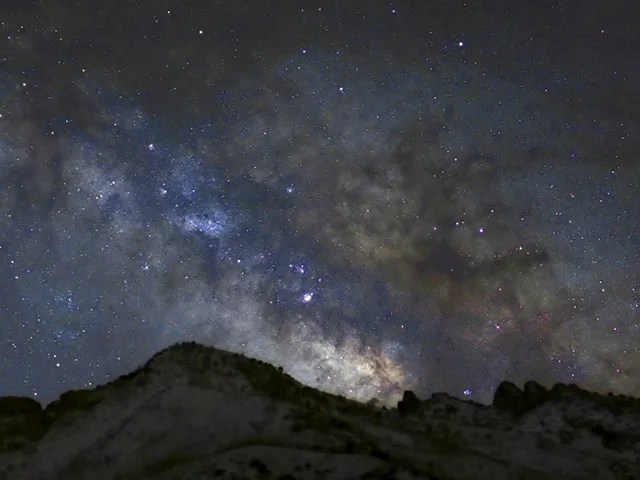
Skywatching tips, guides, and FAQs.
Read more
Keep Exploring
Discover More Topics From NASA




